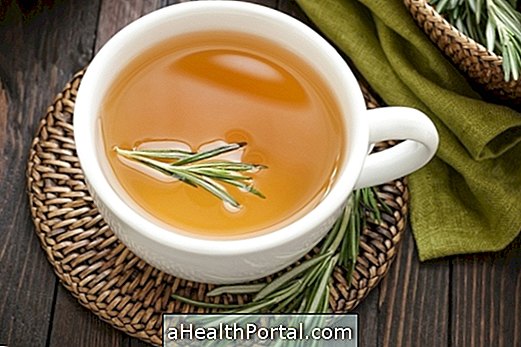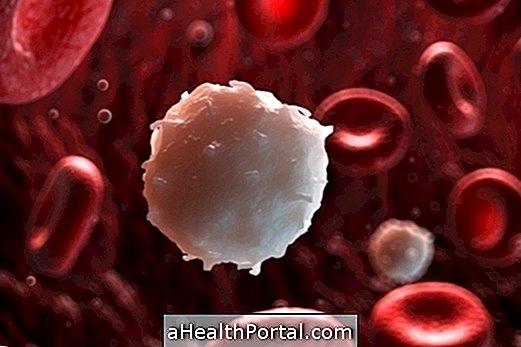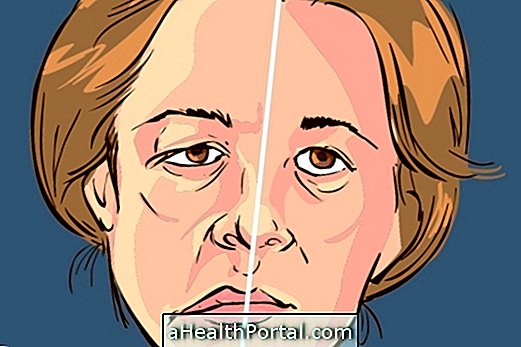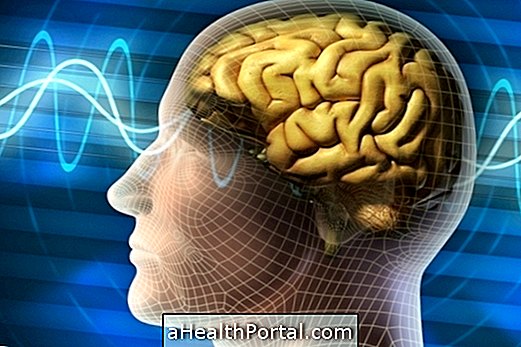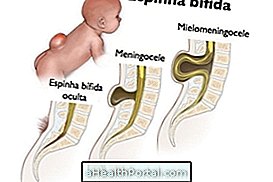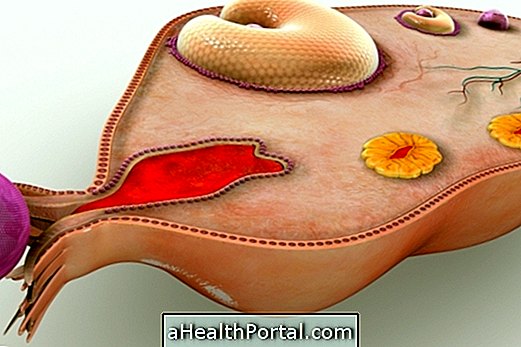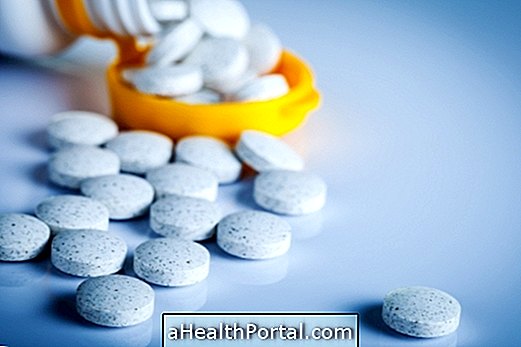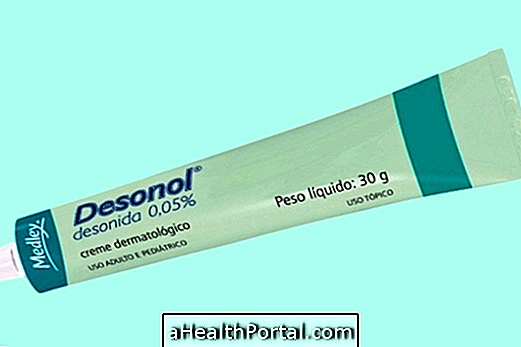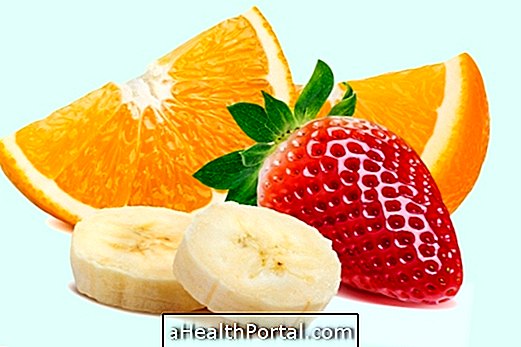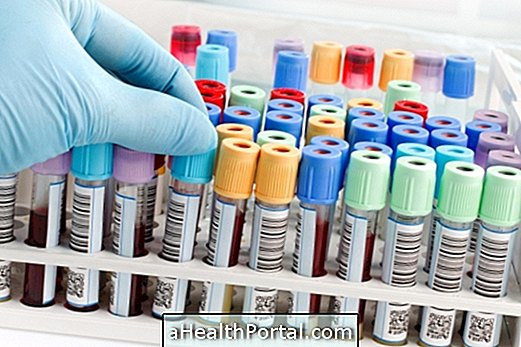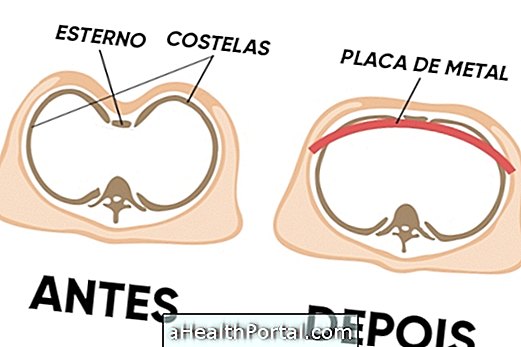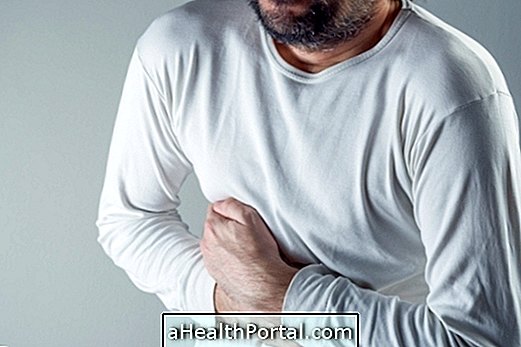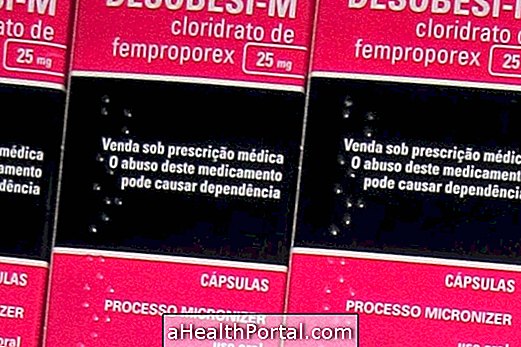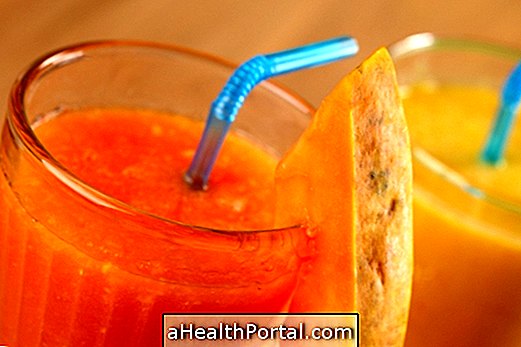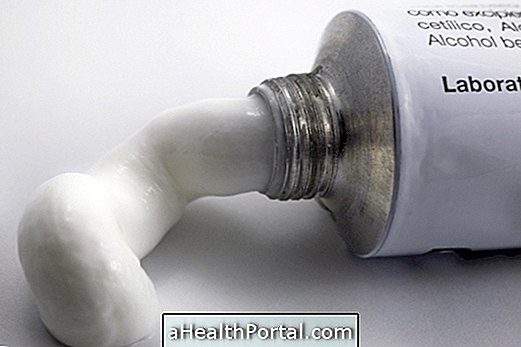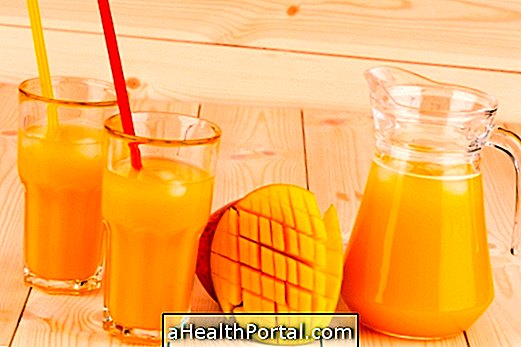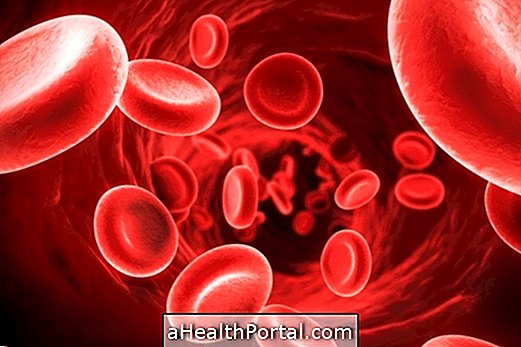Pain in the mouth of the stomach is the popular name for the so-called epigastric pain or epigastralgia, which is the pain that arises in the upper abdomen, just below the chest, the region that corresponds to where the stomach starts.
Most often, this pain is not of concern, and may indicate some change in the stomach, esophagus or early bowel, such as reflux, gastritis or poor digestion, for example, and is often associated with other symptoms such as heartburn, nausea, vomiting, gas, bloating or diarrhea, for example.
However, it is important to remember that in some rare cases, the pain in the mouth of the stomach may also indicate other more serious diseases such as inflammation in the gallbladder, pancreatitis or even a myocardial infarction, so whenever this pain arises with strong intensity, do not improve after a few hours or accompanied by shortness of breath, dizziness, chest tightness or fainting, it is important to seek the emergency room for an evaluation by the doctor.

Main causes
Although stomach pain may have several possible causes, and only medical evaluation can determine the change and treatment in each case, we mention here some of the main causes:
1. Gastritis
Gastritis is inflammation of the lining of the lining of the stomach, causing a pain in the mouth of the stomach that varies from mild, moderate, to intense, which is usually like burning or tightening.
Generally, in addition to pain, gastritis causes other symptoms such as nausea, feeling of being too full after eating, belching and excessive gas. It can be triggered by causes like unbalanced eating, over fried foods, caffeine or alcohol, for example, stress; use of medicines that attack the mucous membrane of the stomach, such as anti-inflammatory drugs, or an infection, such as H. pylori bacteria or viral or bacterial gastroenteritis, for example.
In some cases, gastritis can reach deeper layers of the tissue, causing a peptic ulcer. In these cases, the pain is usually more intense, which occurs in fasting or after eating, and there is risk of bleeding or even perforation of the organ, causing severe abdominal inflammation.
- What to do : The gastroenterologist is the most appropriate physician to recommend the treatment of gastritis or peptic ulcer, which includes use of remedies that decrease stomach acidity and dietary changes. Check out the following video of the nutritionist's dietary guidelines on gastritis:

2. Esophagitis
Esophagitis is inflammation of the esophagus tissue, usually caused by gastroesophageal reflux disease or a hiatal hernia. It usually causes stomach pain and burning in the chest area, which worsens after meals and with certain types of food such as caffeine, alcohol and fried foods.
- What to do : The treatment is recommended by the doctor, and includes medications to decrease stomach acidity, to improve gastrointestinal motility, as well as changes in eating habits and habits. Check out the main ways of treating esophagitis.
3. Poor digestion
Overeating or eating foods that are not well tolerated by the body, which are contaminated with micro-organisms or contain lactose, for example, can cause difficult digestion, irritation of the stomach mucosa, excessive gas production, reflux and gut motility.
The result of this is pain that may arise in the mouth of the stomach or elsewhere in the abdomen, and may be accompanied by gas, diarrhea, or constipation.
- What to do : In these cases, the pain usually goes by after a few hours, and it is recommended to take medicines to relieve discomfort, such as antacids and painkillers, drink plenty of fluids and eat light foods. Also consult your doctor for the causes and treatment indicated.
4. Gallbladder stone
The presence of stones in the gallbladder can cause abdominal pain that, although most often appear in the upper right part of the abdomen, may also manifest in the region of the pit of the stomach. The pain is usually colic type and can also radiate to the back, and be associated with symptoms such as nausea and vomiting.
- What to do : The gastroenterologist may direct the use of medications to relieve symptoms, such as analgesics and antiemetics, and may indicate the need for gallbladder removal surgery. See the main forms of treatment for gallstone.
5. Acute pancreatitis
Pancreatitis is the inflammation of the pancreas, an organ located in the center of the abdomen and with very important function in the digestion of food and production of hormones. It causes abdominal pain in the upper part, which can be intense, and radiates to the back, associated with vomiting, abdominal distension and constipation.
- What to do : Acute pancreatitis is a medical emergency and your treatment should be started quickly to prevent it from worsening and causing widespread inflammation of the body. The first steps include fasting, hydration in the vein and use of analgesics. Understand how to identify pancreatitis and how the treatment is done.
6. Heart problems
A cardiac change, such as myocardial infarction, may occur with pain in the pit of the stomach, rather than the typical chest pain. Although not common, stomach pain due to a heart attack is usually like burning or tightening, and is associated with nausea, vomiting, cold sweat, or shortness of breath.
Cardiac abnormalities are commonly suspected in people who already have a risk factor for myocardial infarction, such as the elderly, obese, diabetic, hypertensive, smokers or people with heart disease.
- What to do : If a heart attack is suspected, it is necessary to go immediately to the emergency room where the doctor will make the first evaluations to identify the cause of the pain, such as an electrocardiogram, and initiate appropriate treatment. Learn to identify the main symptoms of heart attack and how to treat it.


